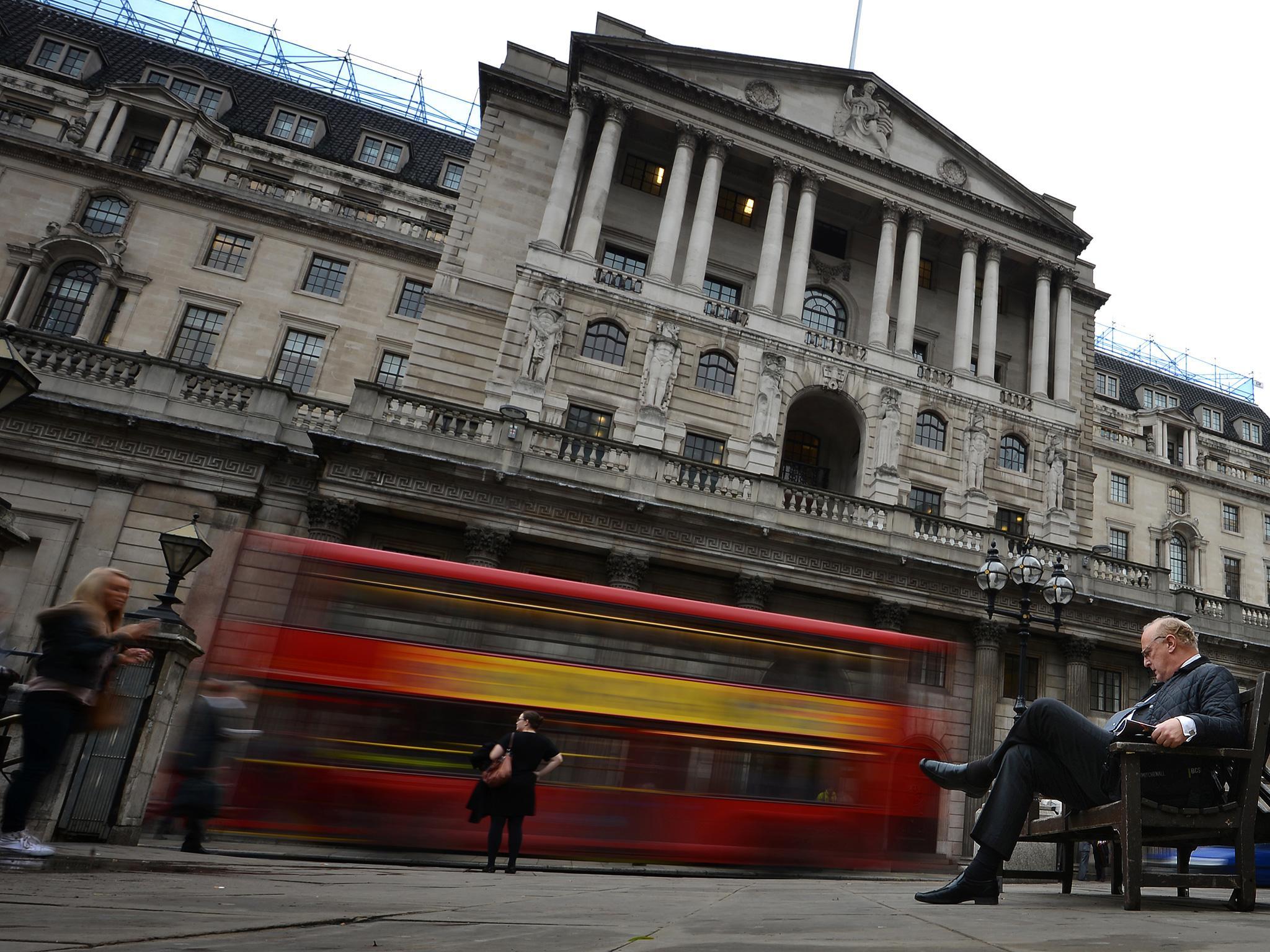Bank of England admits to paying women 24% less than men because of fewer females in senior roles
'We are working hard to address this imbalance,' said Governor Mark Carney

The Bank of England has revealed a gender pay gap of just over 24 per cent between the average wage of its male and female staff, citing a lack of women in senior positions as the core reason for the gaping divide.
The Bank said that the median pay gap – defined as the difference between the midpoints in the ranges of hourly earnings of men and women – currently stands at 21 per cent. The mean pay gap, or the difference between average hourly earnings of men and women, is 24.2 per cent. For bonuses, the median gap is 25.6 per cent and the mean gap 23.6 per cent.
Governor Mark Carney, in the report accompanying the figures published on Thursday, said that the Bank is confident men and women are paid equally for doing the same job, but explained that the greater proportion of men than women in senior roles is the underlying cause of the mismatch.
“We are working hard to address this imbalance through inclusive and diverse recruitment, including diverse shortlists and interview panels, offering flexible working, providing continual unconscious bias training, and fostering an inclusive culture,” he said.
“Addressing the disparity in gender representation at senior levels will take time, but it will help close the current gender pay gap at the Bank.”
The report shows that, if broken down by quartile in terms of hourly pay, men account for 70 per cent of the highest quartile, and 62 per cent of the second highest.
The quartile of those employees on the lowest hourly rate is 57 per cent female. The second lowest is made up of 49 per cent women and 51 per cent men.
But the Bank does argue that it has made progress on the matter in recent years.
When considering base pay alone, which does not include bonuses, it says that the mean gender pay gap has slipped from 22 per cent in 2013 to 18.6 per cent today. And female representation at senior management level has increased to 30 per cent from just 20 per cent in 2014.
Under legislation introduced in April this year, any UK business with at least 250 employees has 12 months to publish data on the difference between how much they pay men and women at different levels, but critics have condemned the system, saying that the reporting won’t be granular enough to facilitate real change.
Last month, Trade Union Congress general secretary Frances O’Grady said that the UK was still “decades” away from closing the gender pay gap and warned that the Government has a duty to “crank up the pressure on employers”.
The most recent Government data puts the median gender pay gap for full-time work at 9.1 per cent in the UK. That’s the lowest since the Office for National Statistics started recording that figure in 1997, but is down only 0.3 per cent from the previous last year.
According to the Fawcett Society, one of the UK’s largest charities promoting women’s rights, the pay gap is largely the result of differences in caring responsibilities – with women tending to cluster in low-skilled and low-paid work – but also, in some instances, outright discrimination.
Subscribe to Independent Premium to bookmark this article
Want to bookmark your favourite articles and stories to read or reference later? Start your Independent Premium subscription today.

Join our commenting forum
Join thought-provoking conversations, follow other Independent readers and see their replies